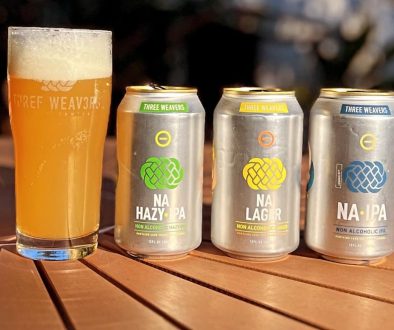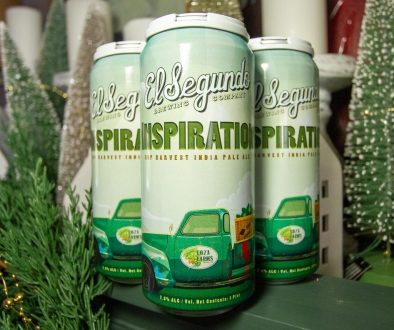Chicago Beer Spotlight – Metropolitan Brewing
1 : the troops moving at the head of an army
2 : the forefront of an action or movement
During a recent tour of Chicago’s Metropolitan Brewery, brewer Doug Hurst jokingly referred to Metropolitan as a vanguard in the craft brew scene. This was in response to a question about the brewery’s choice to brew only lagers in a climate dominated by double IPA’s and imperial stouts.
Is it possible that the pendulum could be changing direction? Let’s be honest, a well made beer doesn’t have to push the limits of particular style or smack the drinker upside the palate for attention. Sometimes a great beer asks the drinker to sit back and allow its’ story to unfold.
Doug Hurst is a brewer with a real appreciation for the history and craft of brewing. Through his studies at the famed Siebel Institute he has fortified that appreciation with the knowledge and understanding the centuries old process. It was during his time in Germany at Siebel that he decided lagers were what he wanted to brew. After all the Midwest was where many German brewers settled upon coming to America. Chicago’s earliest days were populated by German immigrants brewing their German lagers in America. Hurst calls the Midwest the “home of lager beer in America.” It is this tradition that he and his wife/partner Tracy have chose to honor with Metropolitan.
Metropolitan began brewing in December of 2008 and sold their first keg in January 2009. With an initial production goal of 700 barrels, they exceeded 1000 barrels in their first year. They currently brew four styles of lager and are already running at capacity. Hurst sites the “freshness” of the lagers he drank while in Munich as the inspiration for Metropolitan. While Hurst doesn’t adhere to the German Purity Law (water, malt, hops, and yeast), he brews very much in the German tradition choosing only to add ingredients, like ginger in their ginger alt, for enhancing the beer’s flavor.
The original Flywheel Lager, which Tracy Hurst describes as her “Saturday morning beer,” is a bavarian style lager. Dynamo Copper Lager is a Vienna style lager, Krankshaft Kolsch a kolsch style beer, and the seasonal “tap only” I Beam Alt. The use of the word “style” in naming their beers is done out of respect for the history and German origins of the beers they brew.
Hurst brews using the freshest ingredients and in the case of hops that means choosing domestic versions of the german variety of hops. Santium, Sterling, and Vanguard are some of the hops Hurst likes to use, choosing them for freshness and their traditional “noble” qualities. The house yeast is a Munich lager strain from the Augustiner brewery but in the case of I Beam Alt and Krankshaft proper alt and kolsch yeast strains are used. Several special “one off” brews have also flowed from the brewery. They have been brewed under the moniker, “Urban Evolution Series,” and are a nice hint at what could be coming down the pipeline for the young brewery.
Could the pendulum be swinging back toward more balanced beers? Will the craft beer scene embrace the more subtle efforts by brewers trying to usher classic styles into the future? Are brewers like Hurst and his self described role model Dan Carey from New Glarus vanguards in the scene? It’s hard to say but judging by how easily Krankshaft Kolsch goes down on a hot day, I wouldn’t rule it out.




